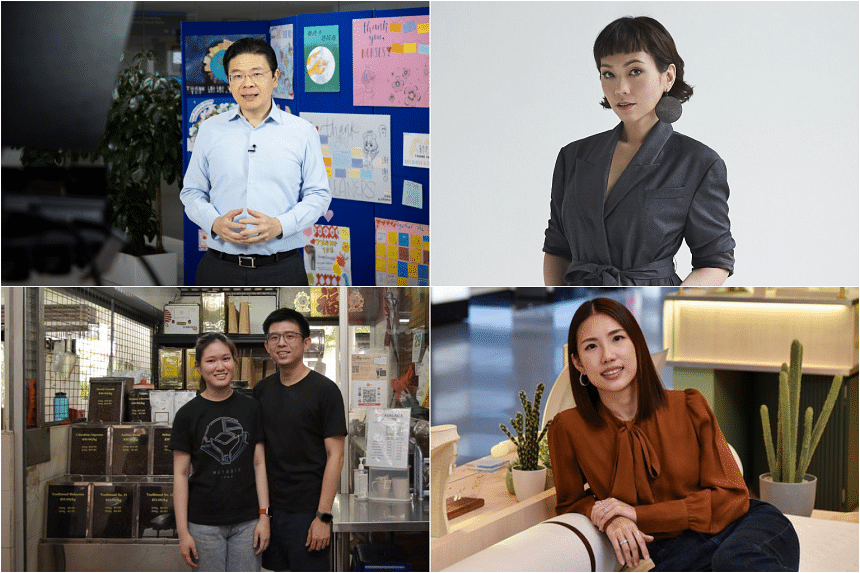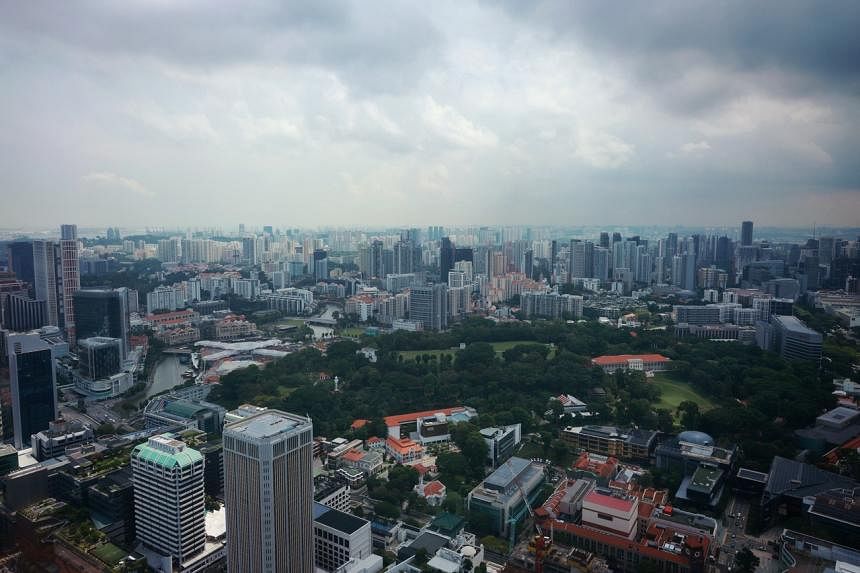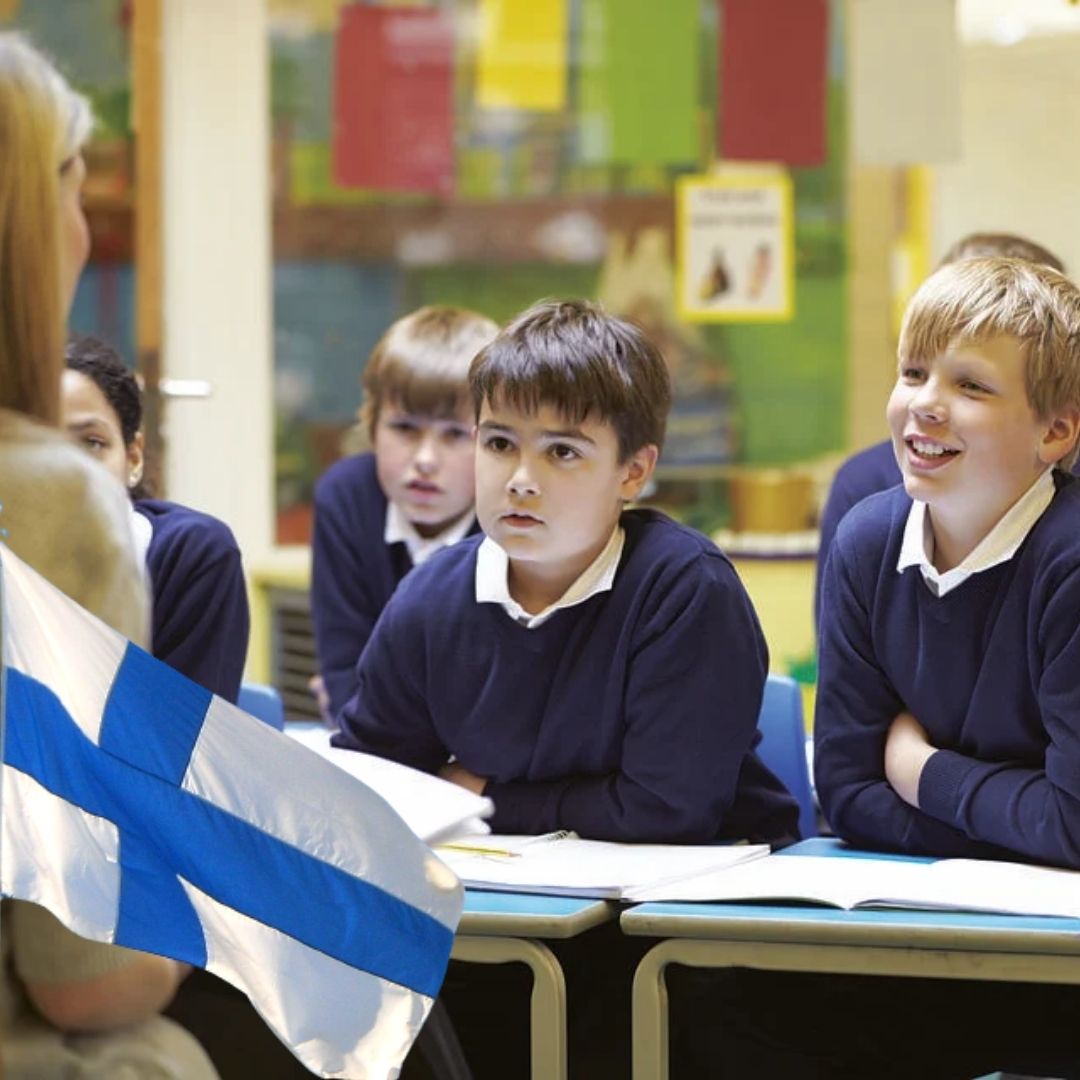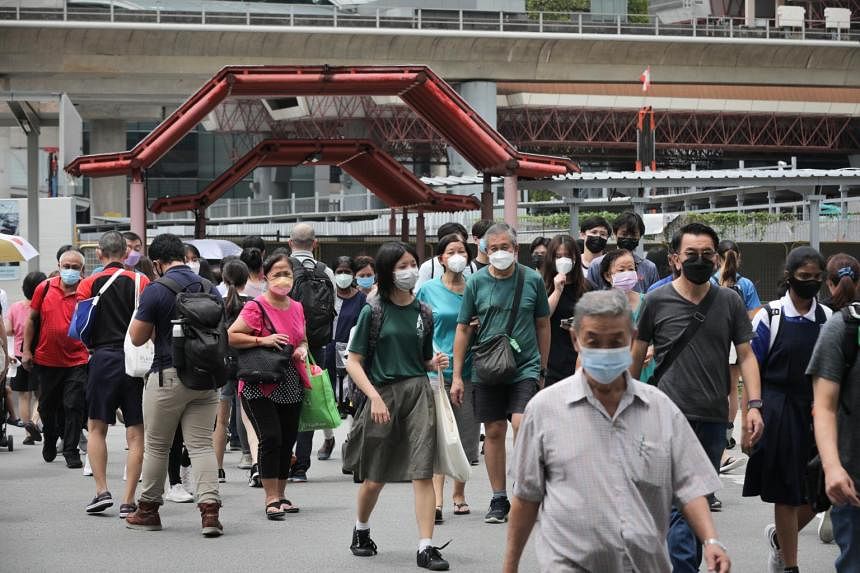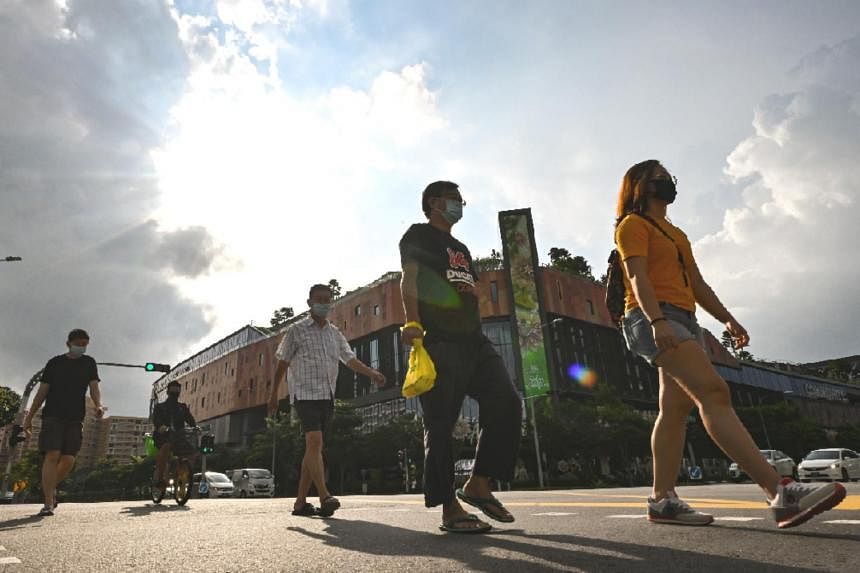No Tests, No Homework! Here's How Finland Has Emerged As A Global Example Of Quality, Inclusive Education
Student-oriented approach to education in Finland has been recognised as the most well-developed educational system in the world and ranks third in education worldwide.
"A quality education grants us the ability to fight the war on ignorance and poverty," - Charles Rangel
The uniqueness of the Finnish education model is encapsulated in its values of neither giving homework to students every day nor conducting regular tests and exams. Instead, it is listening to what the kids want and treating them as independent thinkers of society.
In Finland, the aim is to let students be happy and respect themselves and others.
Goodbye Standardised Exams
There is absolutely no program of nationwide standard testing, such as in India or the U.S, where those exams are the decisive points of one's admission to higher education like Board Examinations or Common Entrance Tests.
In an event organised by Shiksha Sanskriti Utthan Nyas, RSS Chief Mohan Bhagwat remarked, "It is because they teach their children to face life struggles and not score in an examination," reported The Print.
Students in Finland are graded based on individual performance and evaluation criteria decided by their teachers themselves. Overall progress is tracked by their government's Ministry of Education, where they sample groups of students across schools in Finland.
Value-Based Education
They are primarily focused on making school a safe and equal space as children learn from the environment.
All Finland schools have offered since the 1980s free school meals, access to healthcare, a focus on mental health through psychological counselling for everyone and guidance sessions for each student to understand their wants and needs.
Education in Finland is not about marks or ranks but about creating an atmosphere of social equality, harmony and happiness for the students to ease learning experiences.
Most of the students spend half an hour at home after school to work on their studies. They mostly get everything done in the duration of the school timings as they only have a few classes every day. They are given several 15 -20 minutes breaks to eat, do recreational activities, relax, and do other work. There is no regiment in school or a rigid timetable, thus, causing less stress as given in the World Economic Forum.
Everyone Is Equal - Cooperate, Not Compete
The schools do not put pressure on ranking students, schools, or competitions, and they believe that a real winner doesn't compete; they help others come up to their level to make everyone on par.
Even though individualism is promoted during evaluation based on every student's needs, collectivity and fostering cooperation among students and teachers are deemed crucial.
While most schools worldwide believe in Charles Darwin's survival of the fittest, Finland follows the opposite but still comes out at the top.
Student-Oriented Model
The school teachers believe in a simple thumb rule; students are children who need to be happy when they attend school to learn and give their best. Focus is put upon teaching students to be critical thinkers of what they know, engage in society, and decide for themselves what they want.
In various schools, playgrounds are created by children's input as the architect talks to the children about what they want or what they feel like playing before setting up the playground.
Compared To The Indian Education Model
Firstly, Finnish children enrol in schools at the age of six rather than in India, where the school age is usually three or four years old. Their childhood is free from constricting education or forced work, and they are given free rein over how they socialise and participate in society.
Secondly, all schools in Finland are free of tuition fees as there are no private schools. Thus, education is not treated as a business. Even tuition outside schools is not allowed or needed, leaving no scope for commodifying education, unlike in India, where multiple coaching centres and private schools require exorbitant fees.
Thirdly, the school hours in Finland do not start early morning at 6 am, or 7 am as done in India. Finland schools begin from 9.30 am as research in World Economic Forum has indicated that schools starting at an early age is detrimental to their health and maturation. The school ends by mostly 2 pm.
Lastly, there is no homework or surprise test given to students in Finland. Teachers believe that the time wasted on assignments can be used to perform hobbies, art, sports, or cooking. This can teach life lessons and have a therapeutic stress-relieving effect on children. Indian schools tend to give a lot of homework to prove their commitment to studying and constantly revise what they learn in school.
Delhi Govt's Focus On Education
The Delhi model of education transformed under the Aam Aadmi Party's (AAP) tenure in the capital. In line with the Finnish model, Delhi government schools have adopted 'Happiness Classes' to ensure students' mental wellness through courses on mindfulness, problem-solving, social and emotional relationships, etc., from 1st to 8th classes.
Delhi government also introduced 'Entrepreneurial Mindset Classes' in 2019 to instil business and critical thinking skills among students of 9th to 12th classes. The practical approach in this class is indicated in the 'Business Blasters', a competition started by the Delhi government to encourage students to come up with start-up ideas and students were provided with ₹1000. Approximately 51,000 students participated in the first edition of the competition, according to Citizen Matters.
Through these endeavours, India is steadily investing in creating human resources that can get employment and generate employment for themselves.
India is at its demographic dividend stage; more than half of its population is within the working-age group of 14 to 60 years. Education is an essential factor in utilising this considerable advantage to grow economically and socially. Finland's education model is how India can strive closer to its goal and progress as a nation.
Also Read: Connaissance! Delhi Board of School Education Pens MoU To Add French In Government Schools
#PoweredByYouWe bring you news and stories that are worth your attention! Stories that are relevant, reliable, contextual and unbiased. If you read us, watch us, and like what we do, then show us some love! Good journalism is expensive to produce and we have come this far only with your support. Keep encouraging independent media organisations and independent journalists. We always want to remain answerable to you and not to anyone else.

